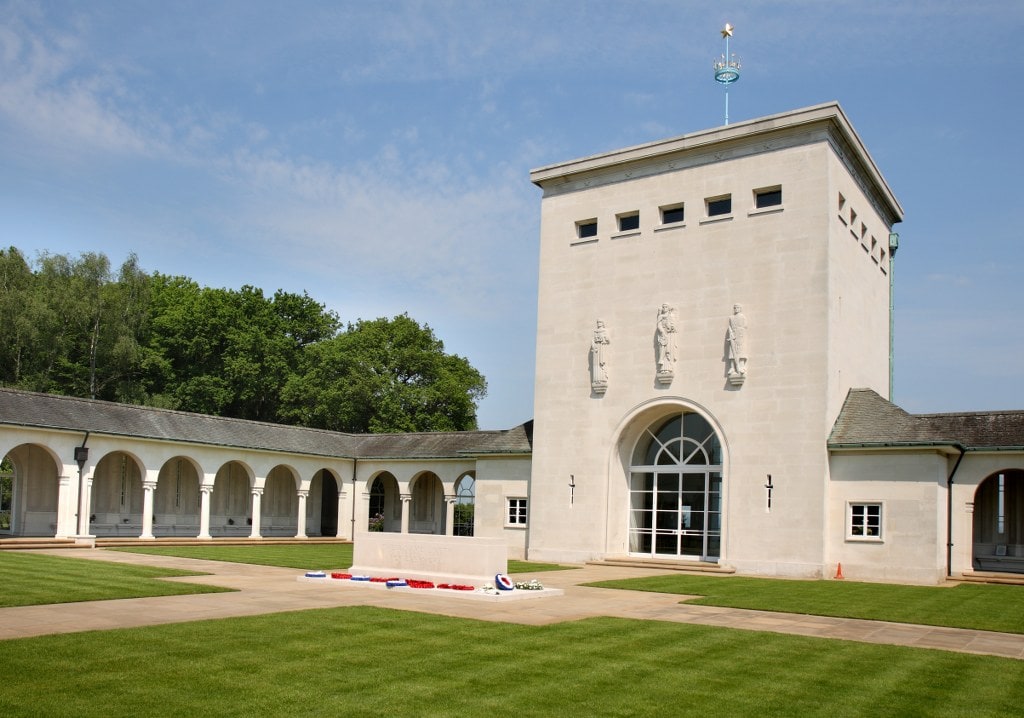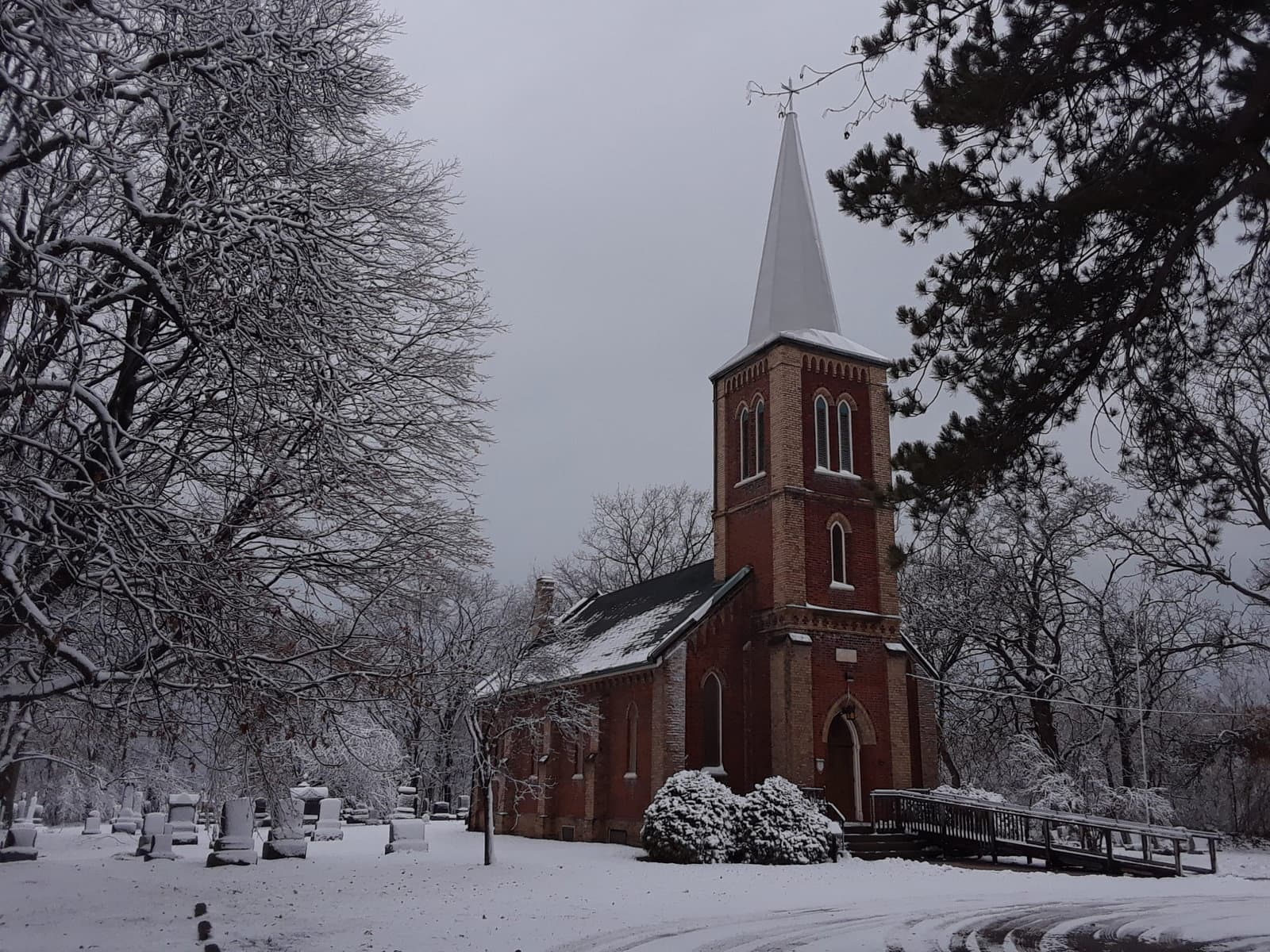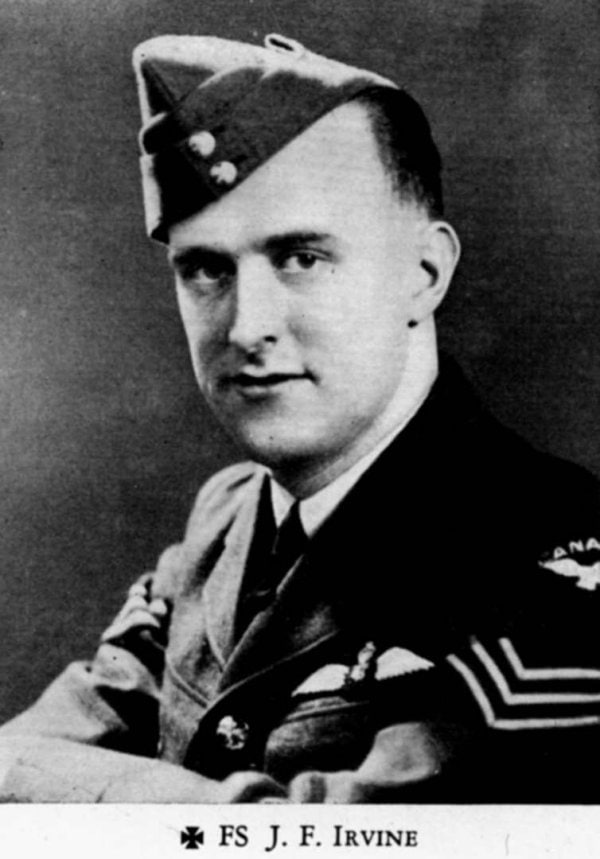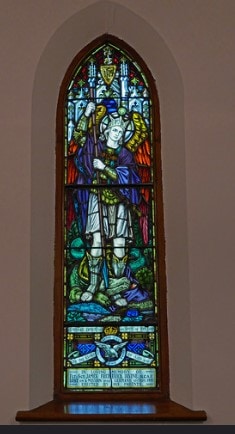In both world wars, there were men killed in action or who died in service who had a connection with Niagara-on-the-Lake but for various reasons were not commemorated on either the memorial clock tower cenotaph in Old Town or the Niagara Township war memorial in Queenston. In some cases, they lived for only a brief time in Niagara and had no family here when the monuments were built. In other instances, they had lived near McNab, not then part of NOTL or Niagara Township. While their names are not read out at the ceremonies at these monuments on Remembrance Day, they too should be remembered.
__________
In the mid-19th century, Robert Irvine and his wife Esther Whitman moved their family from Nova Scotia to the McNab area of Grantham Township, now part of Niagara-on-the-Lake.
Irvine Road is named after the family, who farmed in the township and prospered.
George, the grandson of Robert and Esther, married Jessie Josephine James and the couple had five children, all baptized at Christ Church McNab, which is also where most of the family is buried.
Included on the tombstone marking the George and Jessie’s family plot at Christ Church is an inscription commemorating their son, Flight Sgt. James Frederick Irvine, who made the supreme sacrifice in the Second World War.
Inside the church, a beautiful stained-glass window was donated in his memory.
James Frederick Irvine was born on Jan. 1, 1917. He did well in school, achieving his senior matriculation (Grade 13) before going to work for the Bank of Commerce in 1934.
He worked at branches in Thorold, Port Dalhousie and St. Catharines.
In August 1940, Irvine joined the 10th Battery of Canadian Artillery (militia) in St. Catharines. Six months later, he applied to join the Royal Canadian Air Force.
His application was accepted and on June 5, 1941, he reported to the Manning Depot in Toronto.
He was first sent to Ottawa for initial training at Rockcliffe Airbase on June 24 and then back to Toronto to take ground school at Number 1 Initial Training School on July 27.
On Sept. 2, 1941, he was in Goderich at Elementary Flight Training School and on Oct. 26 he was sent to Brantford for further training at the Service Flying Training School.
Irvine finally received his pilot’s wings on Jan. 16, 1942. By March he had flown 205 hours in single- and dual-engine aircraft and was considered almost ready for active service.
After a short embarkation leave to visit his family, he boarded a ship in Halifax on March 12, arriving in the United Kingdom 11 days later.
Once in England, he was given further instruction with Operational Training Units, learning the fine details of flying a bomber at night over enemy-occupied territory. He was also lectured on all the lessons learned about avoiding anti-aircraft artillery (flak) and dodging enemy night fighters.
On July 7, 1942, Irvine was transferred to Number 16 Operational Training Unit of the Royal Air Force, based at Upper Heyford Air Base in Oxfordshire.
A few days later he was promoted to flight sergeant and soon began active bombing operations over targets in Germany. His commander described him as “one of our most efficient pilots and a member of one of our best crews.”
Skill would not be enough. During the Second World War, the casualty rate in the RAF was dreadful. In Bomber Command, 48 per cent of bomber crew were killed in action.
On the night of Sept. 10-11, 1942, Flight Sgt. Irvine’s Wellington bomber took off from Upper Heyford Airfield.
His plane joined a huge assembly of 360 aircraft of the RAF’s 92nd Group that had lifted into the sky from several airfields. They formed over England before heading to their target in Germany – oil refineries in Dusseldorf.
Heavy anti-aircraft flak defended the city and in the short time over the target area the 92nd group lost 30 planes. Among them was the Wellington flown by Irvine.
None of the crews who returned to base could positively identify the location of the crash that killed Irvine and his four crew members.
The plane may have crashed into the sea or might have disintegrated in the air. The men were marked as “missing.”
An official note declaring that they had been killed in action, presumed dead, was issued nine months later, on Sept. 10, 1942.
With their final resting spot “known only to God,” their names were inscribed on the Runnymede Memorial in Egham, Surrey, England.
Irvine’s memorial stained-glass window is still installed at the church in McNab, which was deconsecrated in November 2022. It is hoped that the window will be preserved once the fate of the building is decided.
- On the heels of The Lake Report’s 53-part “Monuments Men” series, which exhaustively documented the story of every soldier commemorated on the town’s two cenotaphs, Ron Dale’s “Missing in Action” stories profile Niagara-on-the-Lake soldiers who died in wartime but are not listed on the town’s monuments.













